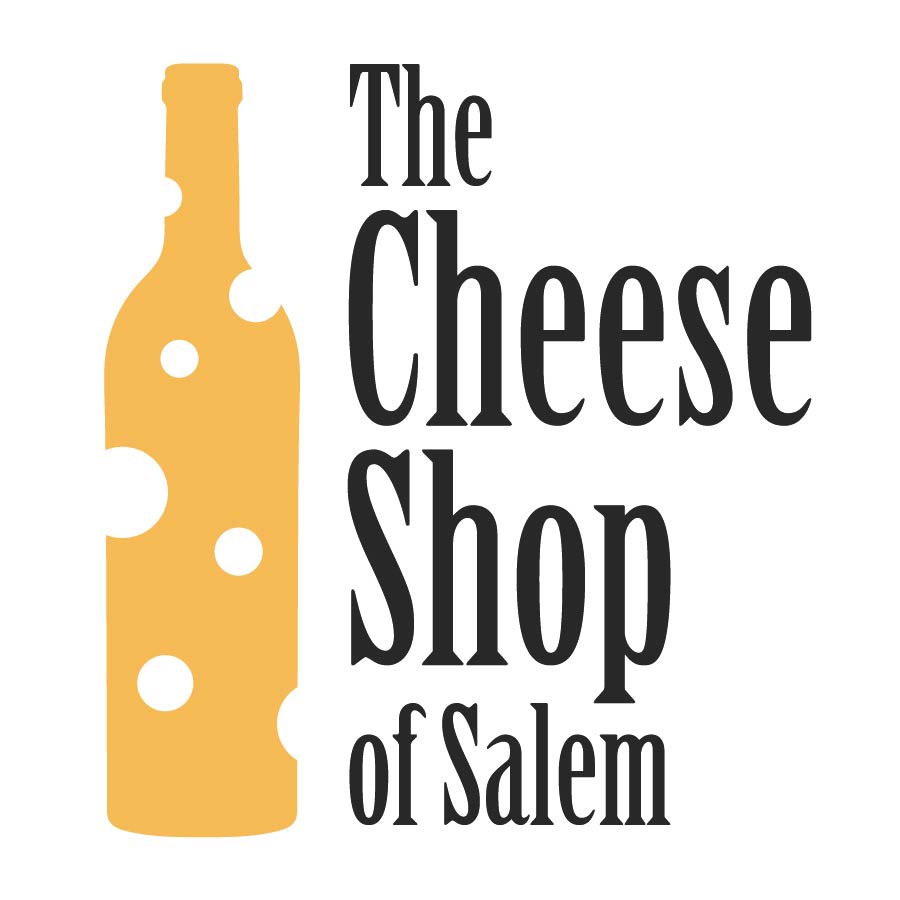Pét-Nat Party: Fall Edition
Free tasting | Saturday, November 30, 2019 | 4-6PM
Every few months we like to have a Pét-Nat Party, because…well, just because it’s Pét-Nat! A party in a bottle! Plus after the big turkey feast, sipping on easy bubbles is verrrrry necessary. After the holiday, we all need a little R&R but also need to keep the momentum and holiday spirit ALIVE, so enter Pét-Nat and all of the bubbly fun. The Ancestral Method (a technique in making sparkling wine) is used to make most Pét-Nat (pétillant-naturel), or slightly sparkling glou-glou (glug-glug) juice, as we like to call it. Pét-Nats can be identified by the crown cap which tops the bottle of this fizzy juice, which is used instead of a cork because the wine is not disgorged, and has no added dosage or sugar addition, after the first fermentation process. These semi-sparklers undergo a secondary fermentation in bottle. They are meant to be enjoyed young, with friends, or even alone wearing warm socks, curled up in front of Netflix and munching on pizza. Pét-Nats bring smiles and they always bring the party (even to a solo Netflix party). Come party with a pét-nat!
‘Pét-Nat Party: Fall Edition’
2018 Kivelstadt Cellars, Wondering Clarksburg Pét-Nat
Who: Owner Jordan Kivelstadt and winemaker Sam Baron
What: 100% Sparkling Chenin Blanc
Where: Clarksburg, California
How: This pét-nat undergoes méthod ancestral, or when the wine is bottled prior to fully completing its first fermntation allowing carbon dioxide to create bubbles via the residual natural sugars from the grapes.
Farming Method: Organic
Fun Fact: The roots of Kivelstadt Cellars dates back to Jordan’s grandfather, G.B. Raffetto, who used to own a fine food business. Jordan’s father always had wanted to work in the food world like his own father and his dream was realized when the Kivelstadt family purchased vineyards in 2005.
Tasting Notes: Chenin is such a special grape. This sparkler reminds me of taking hay ride through a sea of lemon trees.
2018 Domaine Glinavos ‘Paleokerisio’ (500ml)
Who: Domaine Glinavos was established in 1978 by Lefteris Glinavos, one of Greece’s first oenologists.
What: A blend from the white grape variety Debina (97%) with the addition of the red variety Vlahiko (3%).
Where: Epirus, Greece (within the appellation of Ioannina)
How: De-stemmed grapes ferment in oak for about two weeks and the secondary fermentation occurs in closed stainless steel tanks. Bottling is done without adding other substances and with a few residual sugars.
Farming Method: Organic
Fun Fact: This semi-sparkling is bottled in an adorable 500ml bottle with a cap crown; it pays homage to the traditional semi-sparkling wine of Ioannina.
Tasting Notes: Tannins are full, bubbles are like multi-colored pop-rocks candy. It’s the color of cantaloupe, with aromas of kumquats, and the taste of olives and citrus. The perfect pairing to this orange wine? A loaded hotdog or gummy worms!!
2018 Castello di Tassarolo, Spinola Frizzante
Who: Massimiliana ‘Max’ Spinola and her husband Henry Finzi-Constantin
What: Cortese di Gavi
Where: Piedmont, Italy
How: This frizzante went through fermentation in stainless steel tanks.
Farming Method: Biodynamic
Fun Fact: The Spinola family has lived on this same property in Piedmont since the 14th century! Wowza!
What It Tastes Like: Light friendly bubbles with notes of orange blossom and Camomille. Why have tea when you can have wine!?
2017 Furlani ‘Macerato’ Frizzante
Who: Fourth generation winemaker Matteo Furlani
What: 100% Pinot Grigio
Where: Trentino-Alto Adige, Italy
How: This pét-nat undergoes a secondary fermentation in bottle; the Pinot Grigio skins are left in contact with the juice imparting a slightly pale peach color
Farming method: Tutto naturale
Fun Fact: These Pinot Grigio grapes tower over the Alpine city of Trento at 700 meters above sea level
What It Tastes Like: Mouth-puckering notes of tart chewy strawberries and cranberries.
2018 Masseria del Feudo, Terre Siciliane Sely Rosé
Who: Francesco and Carolina Cucurullo
What: 100% Nero d’Avola
Where: Sicily, Italy
How: After a gentle pressing and partial fermentation through wild yeasts, the bottled juice undergoes its natural second fermentation inside the unique, bulbous-shaped bottle.
Farming Method: Organic
Fun Fact: The Nero d’Avola grapes are planted at an altitude of 480 meters above sea level atop clay and marine-sediment beds.
Tasting Notes: Fresh bouquet of violets and roses. Fruit with notes of pomegranate, grapefruit, and rhubarb. Pair with goat cheese drizzled with spicy honey!







